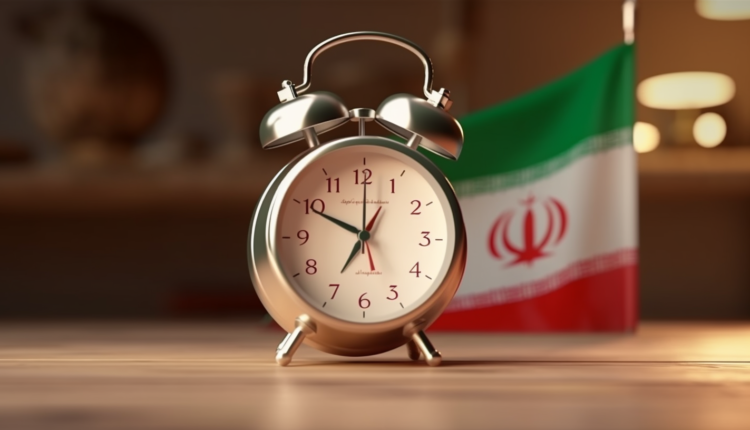Tehran Time: A Unique Time Zone in History
Tehran Time, learn more here!
Tehran, the bustling capital of Iran, follows a unique time zone, known as Iran Standard Time or Tehran Time (IRST), which is UTC+3:30. This half-hour adjustment compared to many of its neighbors and global counterparts, gives Iran a unique position on the world’s time map. The story of Iran’s time zones is deeply rooted in the country’s rich history and its geographical location, and it offers a fascinating glimpse into the complexities of global timekeeping.
Where did Tehran Time start?
In the early days, people relied on the sun to determine time. Local solar time, which is based on the position of the sun in the sky, was the norm. However, as societies evolved, the need for a more standardized system of timekeeping became apparent, especially with the advent of railways and telecommunication services. This led to the establishment of time zones.
Time zones and Iran?
The concept of time zones was proposed by Sir Sandford Fleming in the late 19th century. The idea was to divide the world into 24 equal time zones, each spanning 15 degrees of longitude. This system was adopted in 1884 at the International Meridian Conference. However, the decision to follow a particular time zone ultimately rested with the countries themselves.
Iran’s latitude plays a role in Tehran Time
Iran, straddling the 30° to 60° East longitudes, could theoretically have any time zone between UTC+2:00 to UTC+4:00. However, Iran chose a time zone that seemed to best suit its needs and geographical position – UTC+3:30. This decision might have been influenced by a desire to have a standard time that closely follows the mean solar time in Tehran, the capital and largest city.
Iran time different from its neighbors
This half-hour time zone has been in effect since 1946, and it places Iran 30 minutes ahead of its western neighbor, Iraq (UTC+3), and 30 minutes behind its eastern neighbor, Afghanistan (UTC+4:30).
Daylight savings time finished
Previously, Iran observed daylight saving time, known as Iran Daylight Time (IRDT), which is UTC+4:30. Daylight saving time started on the first day of Farvardin (the first month of the Iranian calendar), usually March 21st or 22nd, and ended on the first day of Mehr (the seventh month of the Iranian calendar), typically September 22nd or 23rd. This practice has been in place since 1978, with a nine-year break during the Iran-Iraq War (1980-1988). However, starting in 2023, Iran will no longer observe daylight saving time. After returning to standard time on 22 September 2022, Iran’s time will remain at UTC +3:30.
Confusing for travelers
The half-hour deviation of Iran’s time zone from the standard hour time zones often confuses travelers and international business operators. However, this unique time zone has its benefits. It allows for a more accurate representation of solar time across the entire country, which can lead to more efficient use of daylight.
So, Tehran’s unique time zone, UTC+3:30, is a fascinating aspect of Iran’s historical and geographical identity. It’s a reminder of the diversity and complexity of our global timekeeping system and how it is intertwined with a country’s history, geography, and cultural practices. So, the next time you set your watch to Tehran Time, remember the rich history and thought that goes behind this half-hour time zone.
Are you looking for the right time? Check out the current local time in Tehran here.


